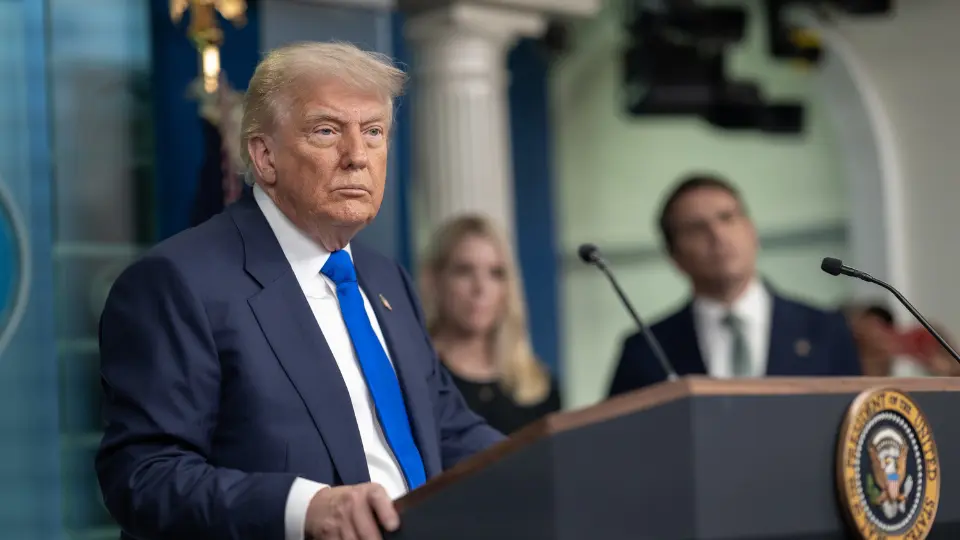In a move sending shockwaves across global financial markets, U.S. President Donald Trump announced plans to issue a new round of tariff letters targeting multiple countries. The proposed tariffs, which may go as high as 70%, mark one of the boldest protectionist stances from the White House since 2018. Markets reacted swiftly, with global equities dipping and the U.S. dollar facing pressure.
What Are These Tariff Letters?
According to a senior administration official, the letters are formal notifications to trade partners, outlining tariff hikes that could be implemented within weeks unless renegotiated trade terms are accepted. While no official list of target countries has been released, early reports suggest that China, Vietnam, Mexico, and several EU members could be affected.
Market Reaction: Global Equities and Dollar Weaken
The announcement rattled financial markets across Asia, Europe, and the Americas. Japan’s Nikkei fell 1.2%, Germany’s DAX dropped 0.9%, and the S&P 500 futures slipped by 0.6% in pre-market trading. Meanwhile, the U.S. dollar index declined by 0.4%, reflecting investor uncertainty about the global trade outlook.
Key Market Responses:
- Asian markets: Mixed, with sharp losses in export-heavy economies like South Korea and Taiwan
- European stocks: Broadly lower amid fears of retaliatory tariffs
- Commodities: Oil prices dropped 2%, and gold spiked as investors sought safety
Business Community Sounds Alarm
Industry leaders and economists have expressed concern that the new tariffs could disrupt global supply chains and hurt U.S. businesses just as the economy was beginning to show signs of recovery.
The National Association of Manufacturers issued a statement urging the administration to seek negotiated solutions over blanket tariff impositions.
Possible Fallout: Inflation and Global Trade Realignments
With new tariffs in place, imported goods will become costlier, potentially reigniting inflationary pressures. This comes at a delicate time when the Federal Reserve is monitoring inflation trends closely before deciding on interest rate moves.
Long-term consequences could include:
- Reshuffling of supply chains to bypass high-tariff regions
- Trade retaliation from affected nations, possibly including the EU and China
- Increased costs for American consumers and manufacturers
What’s Next for Investors?
Financial analysts are recommending a cautious approach. While some sectors like domestic manufacturing may benefit, export-driven industries and companies with significant international exposure could see earnings pressure in the coming quarters.
Safe-haven assets like gold, treasury bonds, and utility stocks are expected to gain traction if geopolitical tensions persist.
For those investing in foreign exchange, the weakening of the U.S. dollar could open opportunities in emerging markets, though volatility will likely remain elevated.
Conclusion: Trade War 2.0?
With the Trump administration doubling down on aggressive trade policies, analysts warn that a second wave of trade war-like conditions may be forming. While aimed at protecting American jobs, the ripple effects could reverberate through the global economy unless cooler heads prevail at the negotiating table.
Investors, businesses, and policy watchers now await the official release of these tariff letters, expected within the next two weeks.

